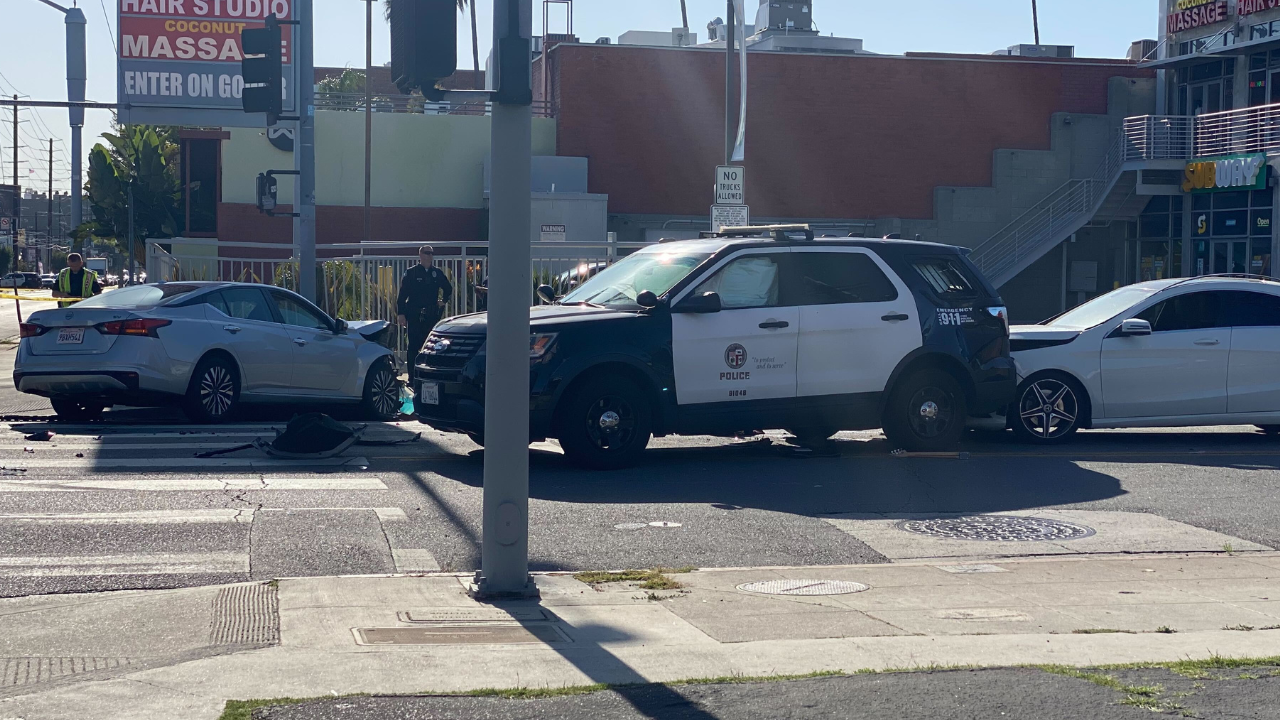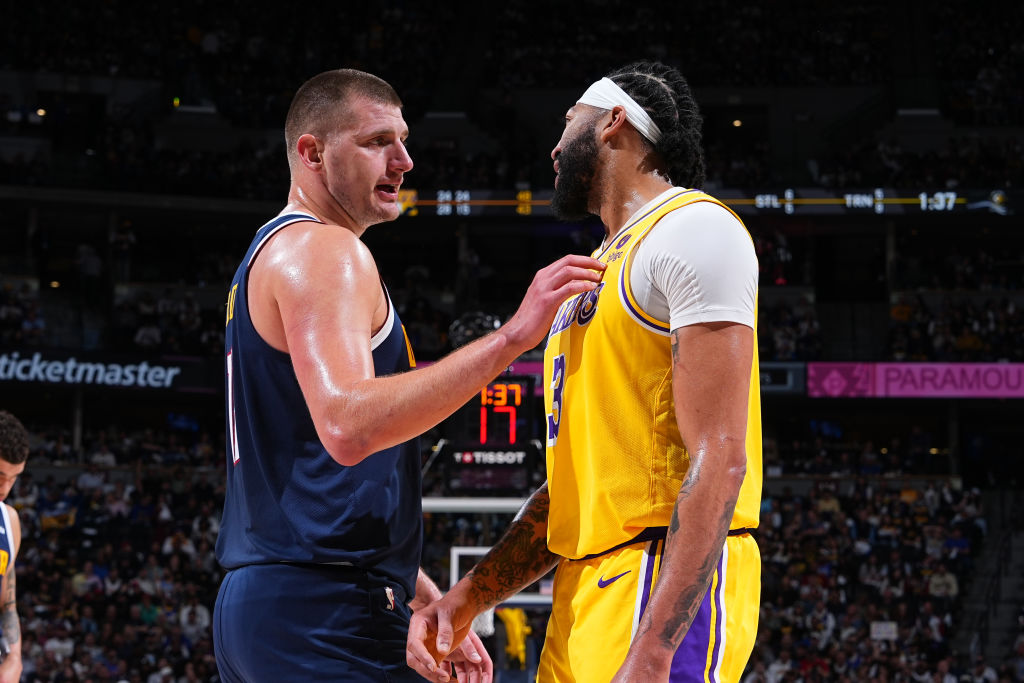In anticipation of Friday's storm, a public works employee nicknamed "Storm Boss" will begin "cloud seeding," a method used for decades to help increase rainfall during a storm.
"As a storm boss, of course I'm trying to always maximize the amount of storm water capture we can get from any particular storm," William Saunders said.
Saunders' job is to extract as much water as possible from a particular storm to help increase runoff into the county's depleted reservoirs and underground aquifers -- a fete normally achieved by aircraft. The process uses flares to send our silver iodide particles into an already-existing storm cloud to coax a few more water molecules to form and fall.
"It's a misconception that we can actually make rain. You can't make clouds. What this equipment will do is it will take small and medium storms and juice about 5-to-10 percent more rain out of existing storms. I can't create storms," Saunders explained.
Los Angeles County is spending about a half million dollars on a ground-based system, but point out they only use the system when conditions are perfect.
"The Goldilocks principle; If the storm is too big, we will not cloud seed, if we don't have enough capactiy at our reservoirs, we will not cloud seed. If for whatever reason there's a boy scout camp and we found out they are out there in the mountains, we won't cloud seed," Saunders said.
The county has been seeding since the 1950s, but stopped in 2009 because of the Station Fire wiped out 160,000 acres of the San Gabriel mountains and Angeles National Forest.
News
Top news of the day
Now, it has returned to the process and believe the process works. They said over the years they have realized that those areas where they do cloud seed, even from ground-based devices, see 5-to-10 percent more rain than where they don't.
The county expected to use its high-tech smokers Friday or Sunday, convinced a little extra rainfall will go a long way.
"We handle things one storm at a time., and that keeps you on our toes."



